45 colour coded food nutrition labels
Looking at labels - British Nutrition Foundation The government's recommended format is red, amber, green colour-coding and percentage reference intakes (RIs), or as you may better recognise it - traffic light labelling! Using front-of-pack labels is really useful when you want to quickly compare different food products. Color-Coded Front-of-Pack Nutrition Labels—An Option for US Packaged Foods? category front-of-pack labelling system - The 5-colour nutrition label-T o differentiate nutritional quality of breakfast cereals in France. BMC Public Health 2015 , 15 , 179.
France opts for colour coded nutrition labelling - EURACTIV.com The 'Nutri score' gives a rating to any food (except single-ingredient foods and water) going from a dark green A (best) to a red E (worst), by weighing the prevalence of bad and good nutrients.
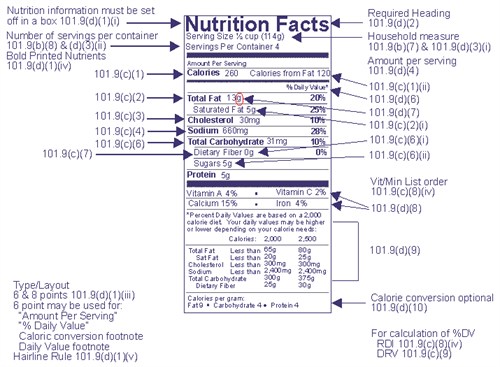
Colour coded food nutrition labels
Making food labels social: The impact of colour of nutritional labels ... The present research. There are several gaps in Schuldt's (2013) research reviewed above, which need to be addressed to understand how colour nutritional labels can promote healthier food choices. First, people inferred greater healthiness of a chocolate bar when seeing a green label as compared to a red label, but Schuldt's experiment did not show whether green labels increased perceptions of ... Nutrition information on food labels: Is it read and understood? Colour-coded systems (e.g. Traffic Lights) use colours (e.g. red, amber and green in the Traffic Light system in the UK; orange, yellow and green in the nutri-pass system in France) to indicate whether the nutrient content and sometimes also the energy content of a food product is high, medium, or low per 100 g/ml. Food labels - NHS Some front-of-pack nutrition labels use red, amber and green colour coding. Colour-coded nutritional information tells you at a glance if the food has high, medium or low amounts of fat, saturated fat, sugars and salt: red means high. amber means medium. green means low.
Colour coded food nutrition labels. From 'traffic light' to 'colour coded' labelling - FoodNavigator Taylor said: "In terms of food labelling, the first scheme for front-of-pack labelling that came from the Food Standards Agency used the term 'traffic lights' for the red, amber green colours used to indicate high, medium and low. Colour-coded nutrition labels, warnings linked to healthier food ... Washington, October 8: A new analysis has integrated findings from 134 studies of the impact of colour-coded nutrition labels and warnings found on the front of some food packaging and found that ... Front of Pack nutrition labelling guidance - GOV.UK PDF, 1.31MB, 33 pages Details The Front of Pack nutrition labelling scheme combines colour coding and percentage reference intakes in line with UK health ministers' recommendations and the... safefood | How to read food labels How do I know if a food is low, medium or high in fat, saturated fat, sugar and salt? Some labels use colour coding to show at a glance if a food is high, medium or low in fat, saturated fat, sugar and salt. Low (green) - the best choice Medium (amber) - okay most of the time High (red) - only choose occasionally. If the label isn't colour ...
Understanding food labels | Diabetes UK The labels show how many calories are in the food or drink and are also colour coded to show whether the food is low (green), medium (amber) or high (red) in fat, saturated fat, sugar and salt. The information on the front of the pack also tells you how the portion of the food contributes to the Reference Intake (RI) of an adult. French colour-coded nutrition labels hailed as 'antidote to food marketing' A red dot indicates a product that should be consumed rarely or in limited quantity, while a green dot indicates one that should be consumed daily or in greater quantity. UFC-Que Choisir cites breakfast cereals like Special K and Nestlé Fitness, whose marketing campaigns emphasise slimming. Food labelling | Food Standards Scotland Many of the foods with front of pack labelling that you see in the shops will have a mixture of red, amber and greens. So, when you're choosing between similar products, try to go for more greens and ambers, and fewer reds, to help you eat a healthier diet. We have some resources available to help you plan your lessons around food labelling: Color-coded nutrition labels and warnings linked to more healthful ... A new analysis has integrated findings from 134 studies of the impact of color-coded nutrition labels and warnings found on the front of some food packaging, indicating that these labels do indeed...
New colour-coded food nutrition labels launched | Nursing Times Food labels will also contain red, amber and green colour-coding to visually show the nutritional value of food portions. This will allow people to see at a glance if the food product has high, medium or low amounts of fat, saturated fat, sugars and salt: red means high; amber means medium; green means low; In short, the more green lights, the healthier the choice. Read more about the terms used on food labels. When are these changes being made? Check the label | Food Standards Agency This is an image of the traffic light label found on some foods. The traffic light label is colour coded and shows that green is low in a particular nutrient, amber means medium and red is high in... Colour coded nutrition labels help us to buy healthier food Colour coded nutrition labels and warnings on the front of food packaging help people to make healthier purchases, according to Australian and international research. The analysis of previous research looked at the impact of four different labelling systems—two that use colour-coding and two that use warnings. Impact of color-coded and warning nutrition labelling schemes: A ... - PLOS Our study, together with previous evidence [23,24,30], suggested that colour-coded labels and warning labels were able to ease the difficulty in processing nutrition information and improve the objective understanding of nutrition information with the use of eye-catching design, but the perception of labels might differ, especially between the 2 colour-coded labels (TLS and NS). Although TLS and NS both used colour scales to indicate healthfulness of foods, TLS scores the level of each ...
Nutrition labelling | Food Standards Agency When providing nutrition information, you are required to declare: energy value. amounts of fat, saturates, carbohydrate, sugars, protein and salt. The content of the mandatory nutrition...
Colour-coded nutrition labels, warnings linked to healthier food ... Colour-coded nutrition labels, warnings linked to healthier food purchases: Study A new analysis has integrated findings from 134 studies of the impact of colour-coded nutrition labels and warnings found on the front of some food packaging and found that these labels do indeed appear to encourage more healthful purchases.
Colour-coded nutrition labels, warnings linked to healthier food ... A new analysis has integrated findings from 134 studies of the impact of colour-coded nutrition labels and warnings found on the front of some food packaging and found that these labels do indeed appear to encourage more healthful purchases. The findings of the study were published in the journal 'PLOS'.
Final design of consistent nutritional labelling system given green ... The new label aims to make it easier for people to make healthier choices. The consistent system will combine red, amber, green colour-coding and nutritional information to show how much fat ...
France becomes one of the first countries in Region to recommend colour ... The Nutri-Score system that France intends to use employs a nutrient profiling system, based on the UK Food Standards Agency model, and classifies foods and beverages according to five categories of nutritional quality, indicated via a colour scale ranging from Green (grade A) to red (grade E). Taking evidence-based action to improve nutrition
Reds are more important than greens: how UK supermarket shoppers use ... The healthiness scale ranged between 0 for the least healthy food and 1 for the most healthy food. As the least healthy label consists of four red colours, this means that the weight for a red light is 0.00. As the most healthy label consists of four green colours, this means that the weight for a green light is 0.25.
Colour-coded nutrition labels, warnings linked to healthier food ... Washington [US], October 8 (ANI): A new analysis has integrated findings from 134 studies of the impact of colour-coded nutrition labels and warnings found on the front of some food packaging and ...
Food labelling | Nutritional information | Food Standards Scotland Following detailed discussions with the food industry, health organisations and other interested parties, the countries of the UK launched a new, front-of-pack nutrition labelling scheme to help consumers see at a glance what is in their food. The label is colour-coded red, amber and green, and highlights 'percentage reference intakes' (formerly known as guideline daily amounts), to show how much fat, saturated fat, salt, sugar and energy is in a product.
Colour-coded nutrition labels to be added to prepackaged food items The colour-coded labels will help people make healthier food choices. If you're from Europe, these labels aren't a new idea, as all prepackaged food items on shelves already display this ...
Color-coded labels, healthier food - Harvard Gazette The first phase involved the application of "traffic light" labels — green for the healthiest items, such as fruits, vegetables, and lean sources of protein; yellow for less healthy items; and red for those with little or no nutritional value — to all items in the main hospital cafeteria.
Food labels - NHS Some front-of-pack nutrition labels use red, amber and green colour coding. Colour-coded nutritional information tells you at a glance if the food has high, medium or low amounts of fat, saturated fat, sugars and salt: red means high. amber means medium. green means low.
Nutrition information on food labels: Is it read and understood? Colour-coded systems (e.g. Traffic Lights) use colours (e.g. red, amber and green in the Traffic Light system in the UK; orange, yellow and green in the nutri-pass system in France) to indicate whether the nutrient content and sometimes also the energy content of a food product is high, medium, or low per 100 g/ml.
Making food labels social: The impact of colour of nutritional labels ... The present research. There are several gaps in Schuldt's (2013) research reviewed above, which need to be addressed to understand how colour nutritional labels can promote healthier food choices. First, people inferred greater healthiness of a chocolate bar when seeing a green label as compared to a red label, but Schuldt's experiment did not show whether green labels increased perceptions of ...



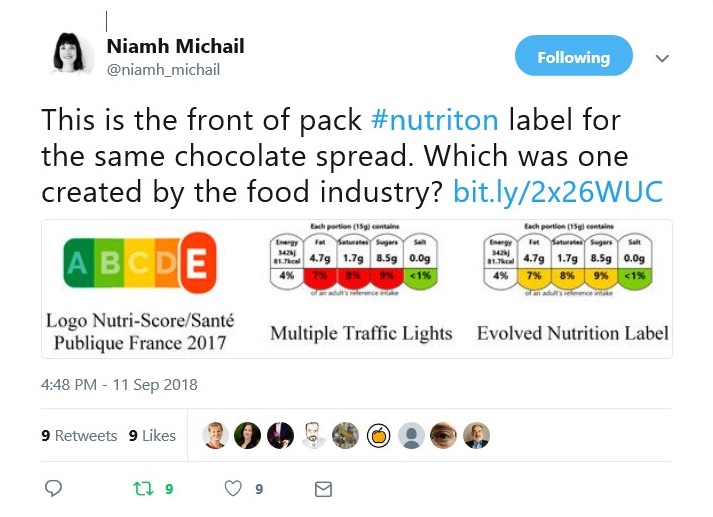
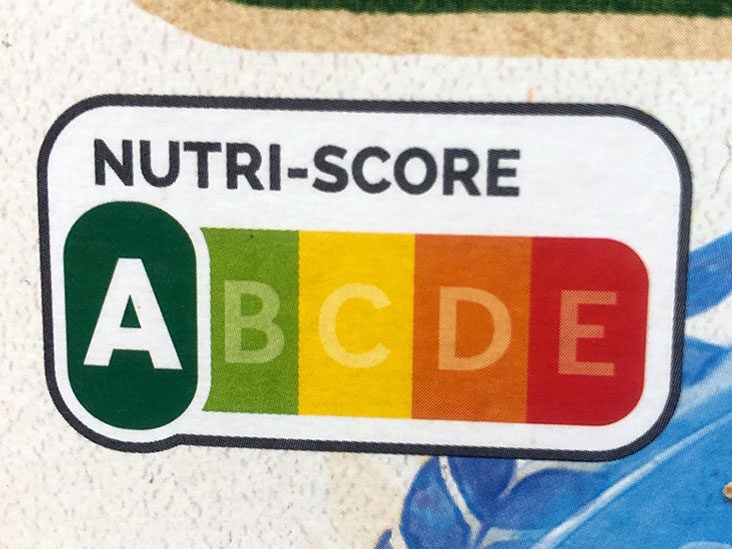
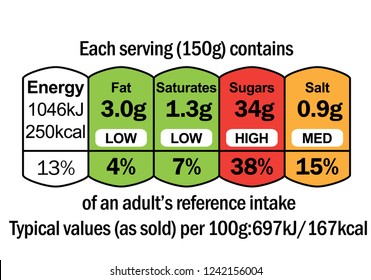
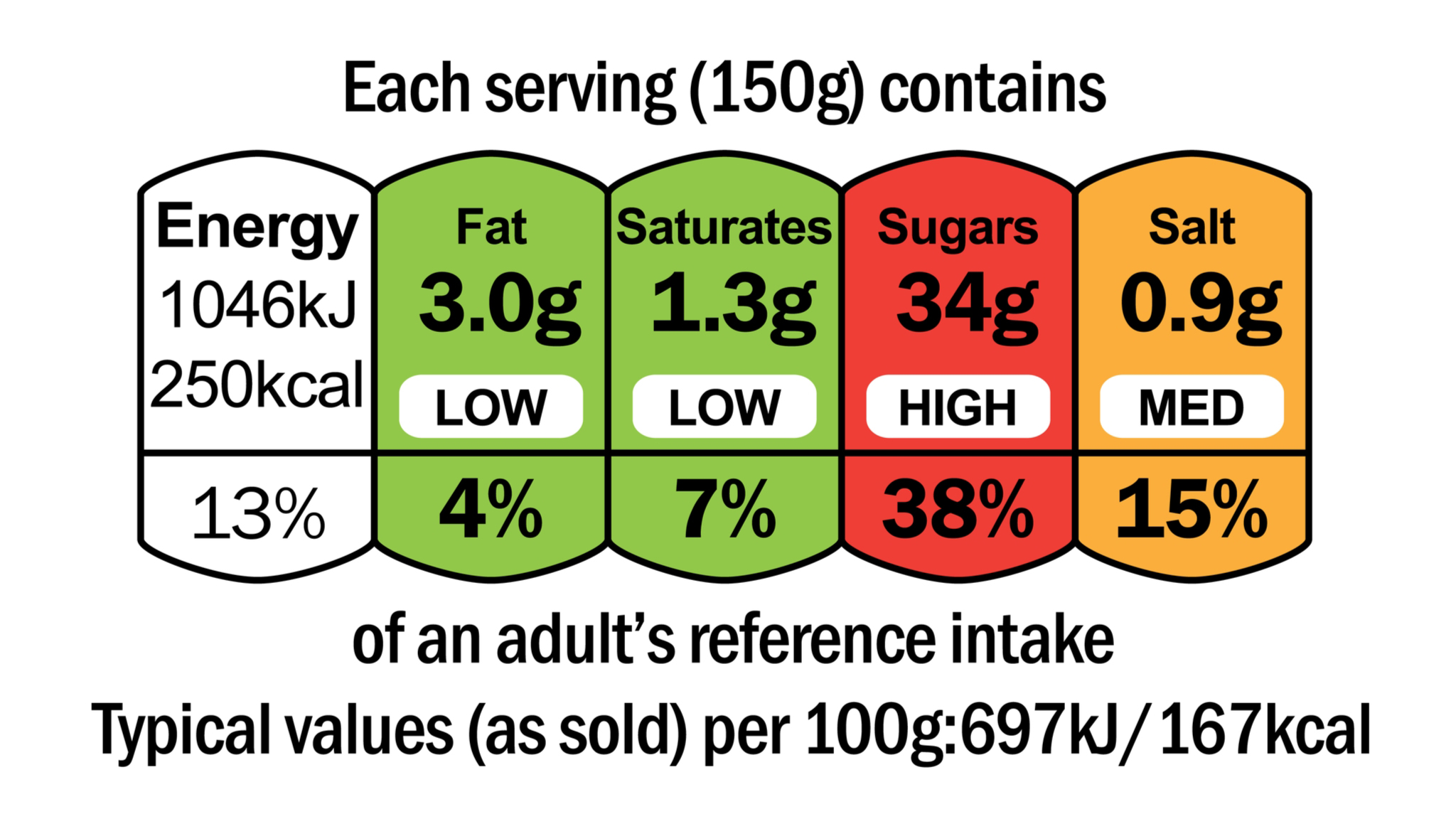







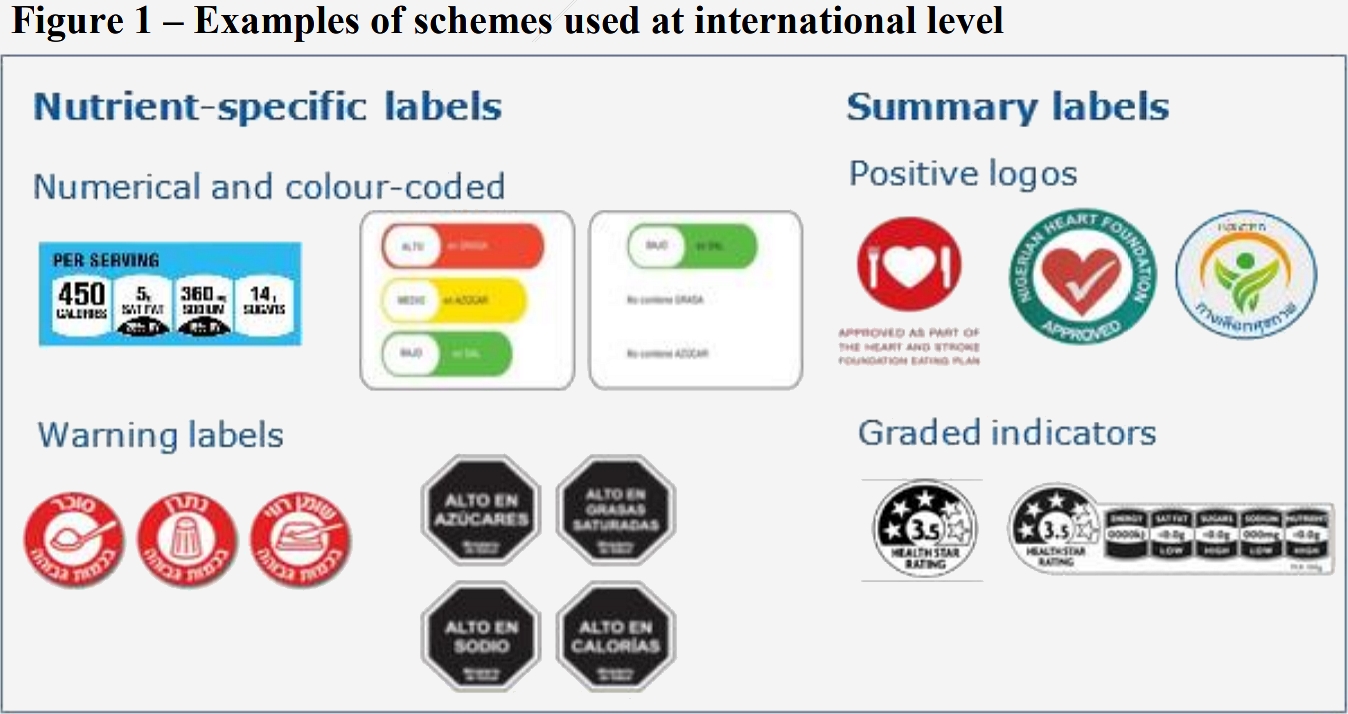
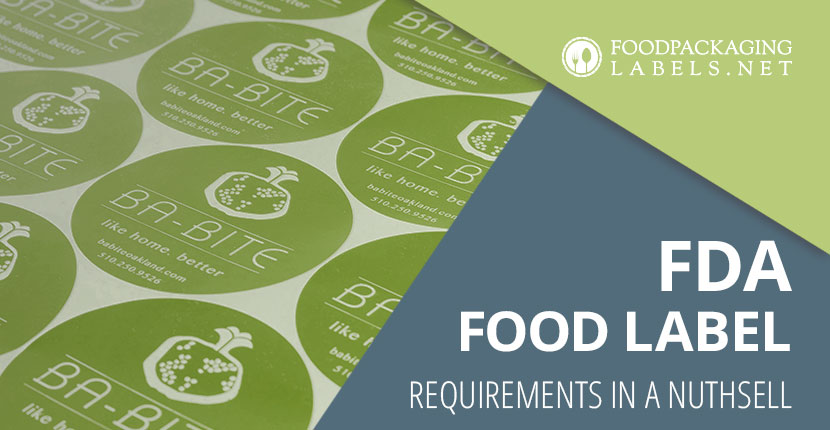



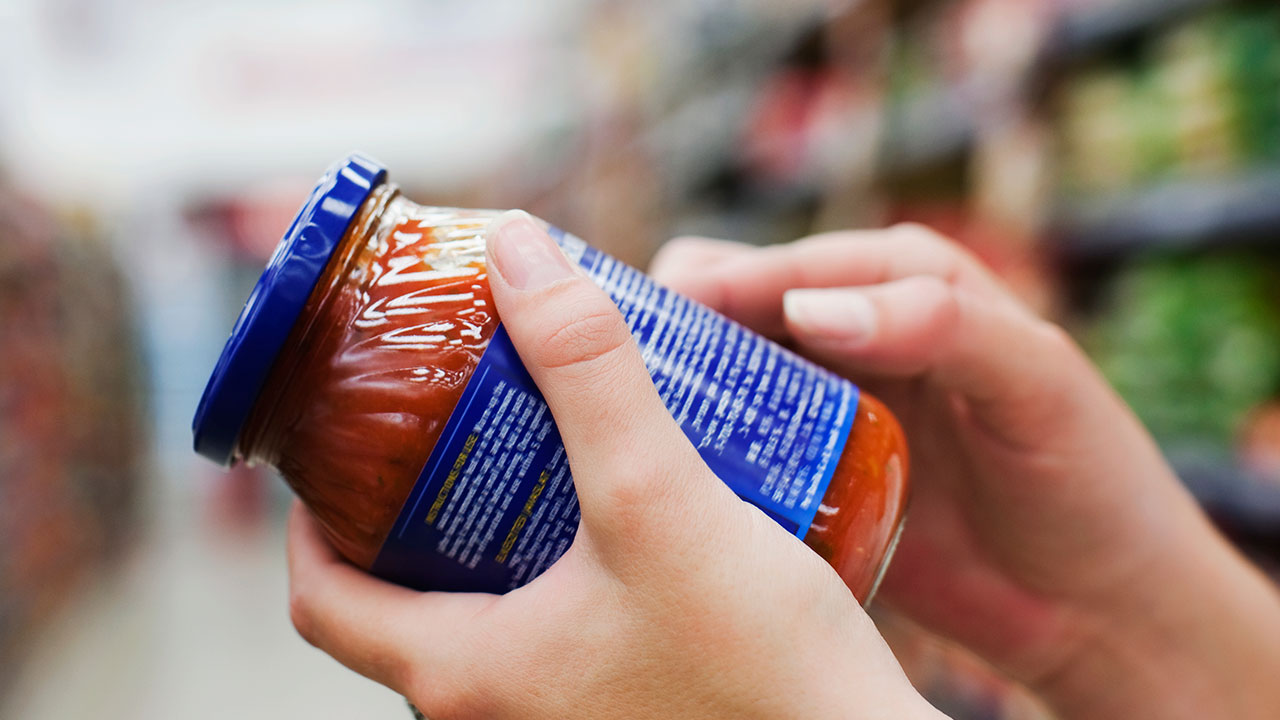
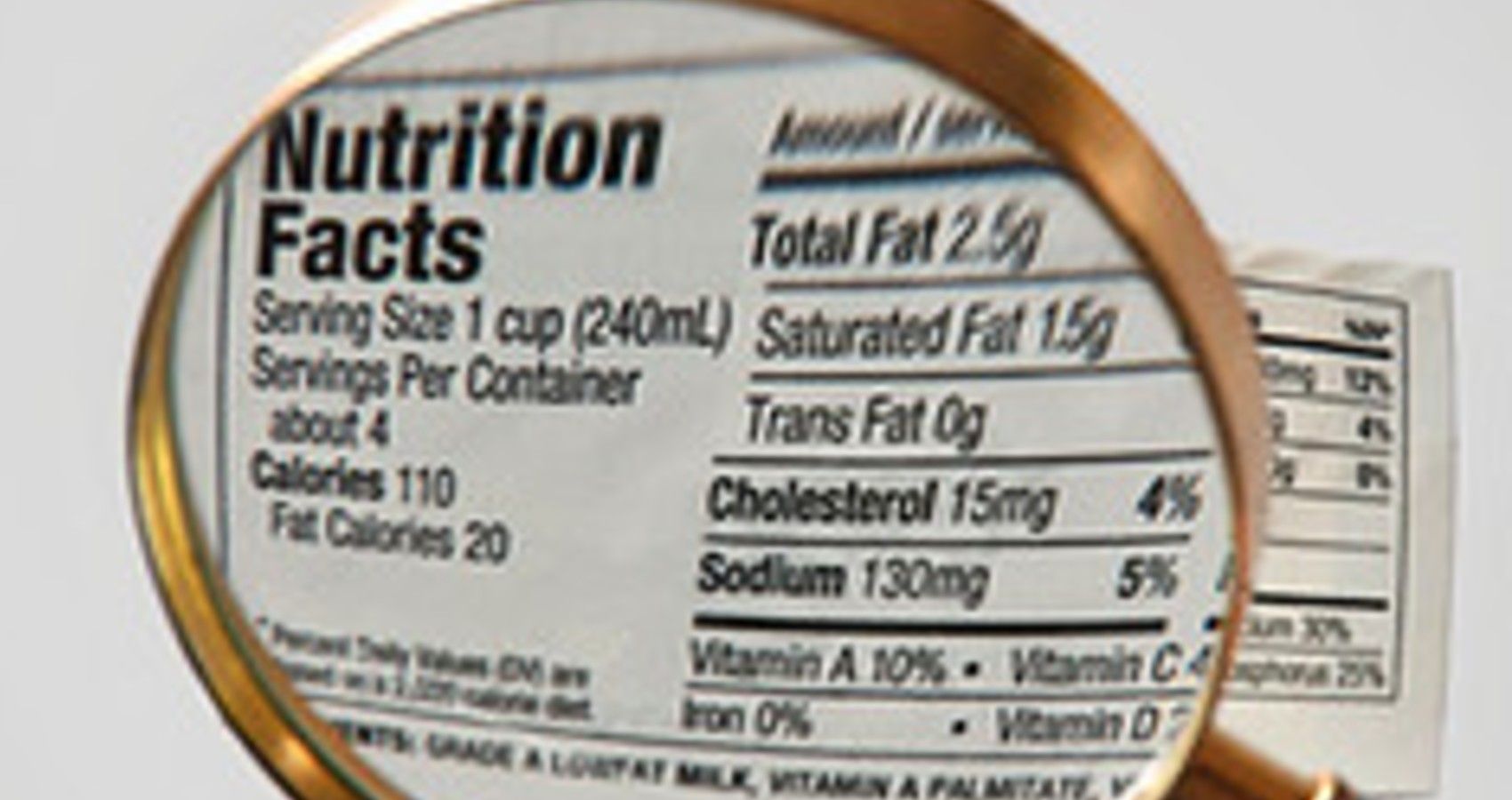


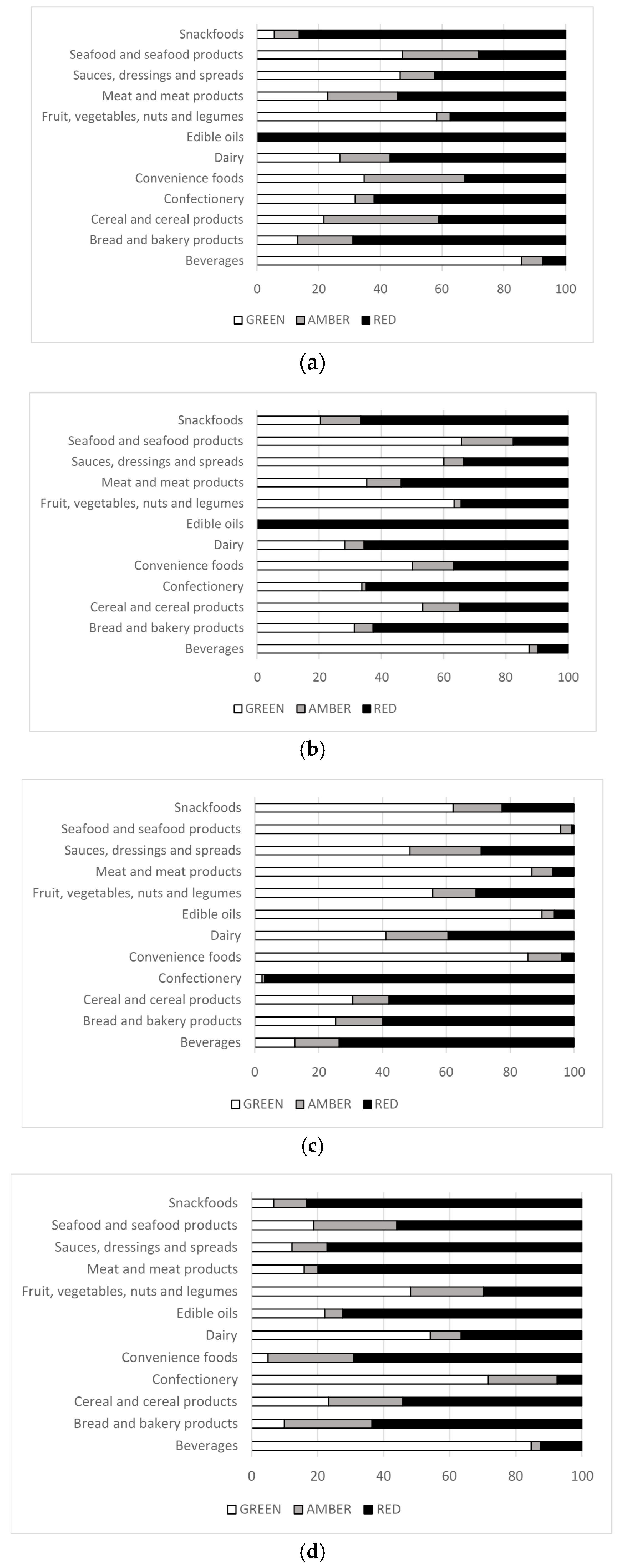
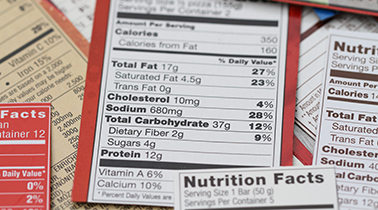
![PDF] Improving Nutrition Information in the Eastern ...](https://d3i71xaburhd42.cloudfront.net/96cb3938f3af228a27cb0b15ab53fc65946d5534/10-Table3-1.png)

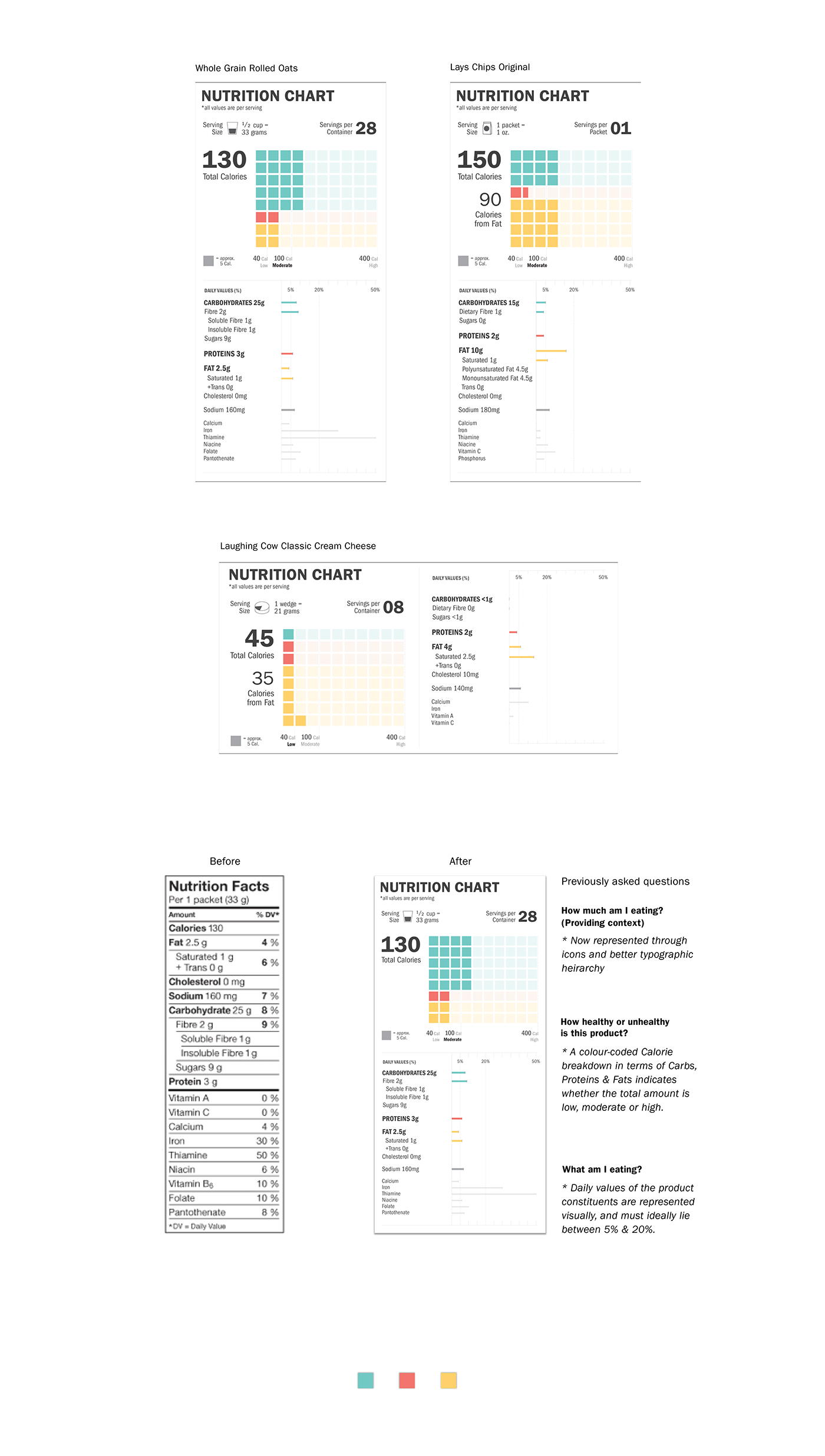

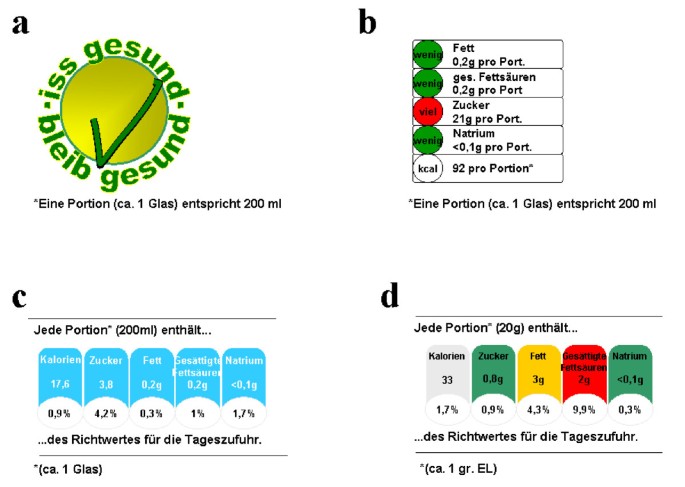

![PDF] What is the evidence on the policy specifications ...](https://d3i71xaburhd42.cloudfront.net/137a694fe5ab966c4b22a0da0330aa2d110c9362/30-Table2-1.png)


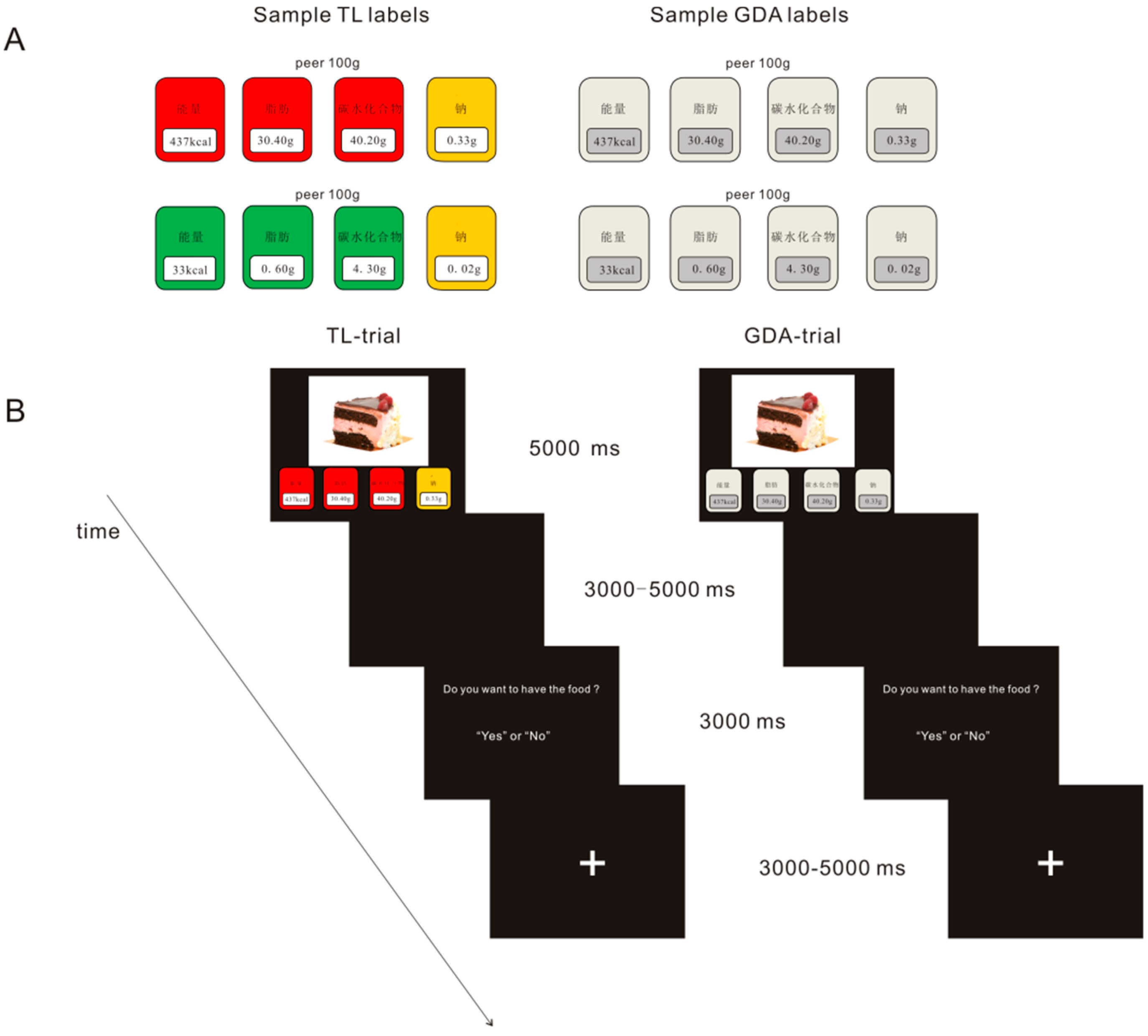
.png)
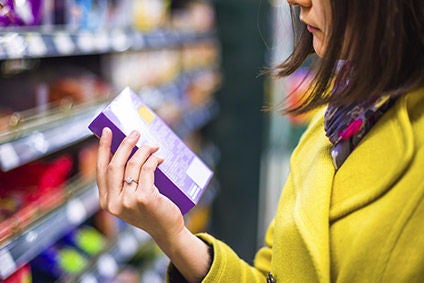

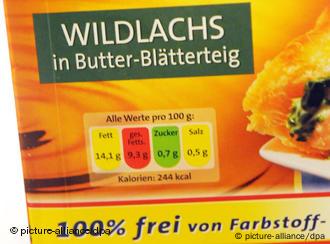
Post a Comment for "45 colour coded food nutrition labels"